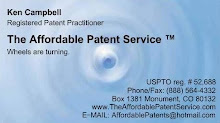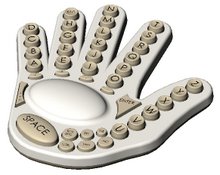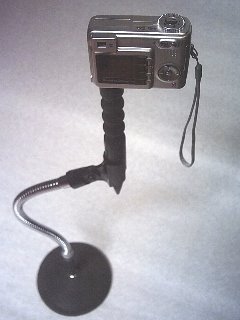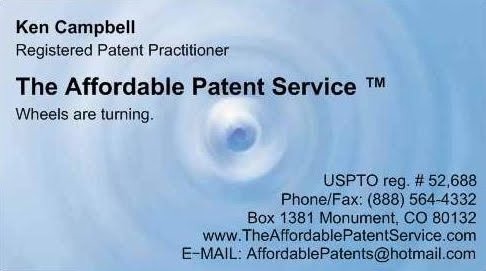1. US utility patent applications get published 18 months after their priority date.
2. When a US provisional application gets referenced by a US utility patent [application], the priority date becomes the filing date for that provisional.
3. The content of a US provisional patent application gets published with the follow-up utility patent application.
4. A submitted utility patent application gets accepted by the USPTO and is given a filing date, even if it does not include the filing fee.
5. If a utility patent application gets received by the USPTO without a payment, the patent office will send out a notice within a few weeks, giving the applicant 2 months from the date of that notice, to submit a payment.
6. The payment can be delayed for an additional 5 months before the application is considered abandoned (which is a total of at least 7 months from the utility filing date, and at least 19 months from the priority date established by the provisional).
7. According the PCT, any application that maintains foreign priority rights must be published within 18 months of its priority date.
This means that you can file a provisional US patent application (for $100) and, close to a year later, send in a utility application that makes reference to the provisional date. Even if you don’t pay the filing fee on the follow-up application, it should get published about six months later. And, when it gets published by the USPTO, it’s published permanently. This strategy gets you a whole lot of bang for your buck.
You may still want to file a follow-up utility application in a condition that can eventually be examined by the USPTO, of course. (This means it would need to include at least one claim, a description, and drawings.) However, this would not be absolutely necessary for publication purposes.
In a way, this procedure is similar to the old Document Disclosure Program that was abandoned by the USPTO back in February 2007. Now, for the cost of filing a US provisional patent application, you can use the USPTO to not only verify proof of your disclosure, but to also publish it for good.







